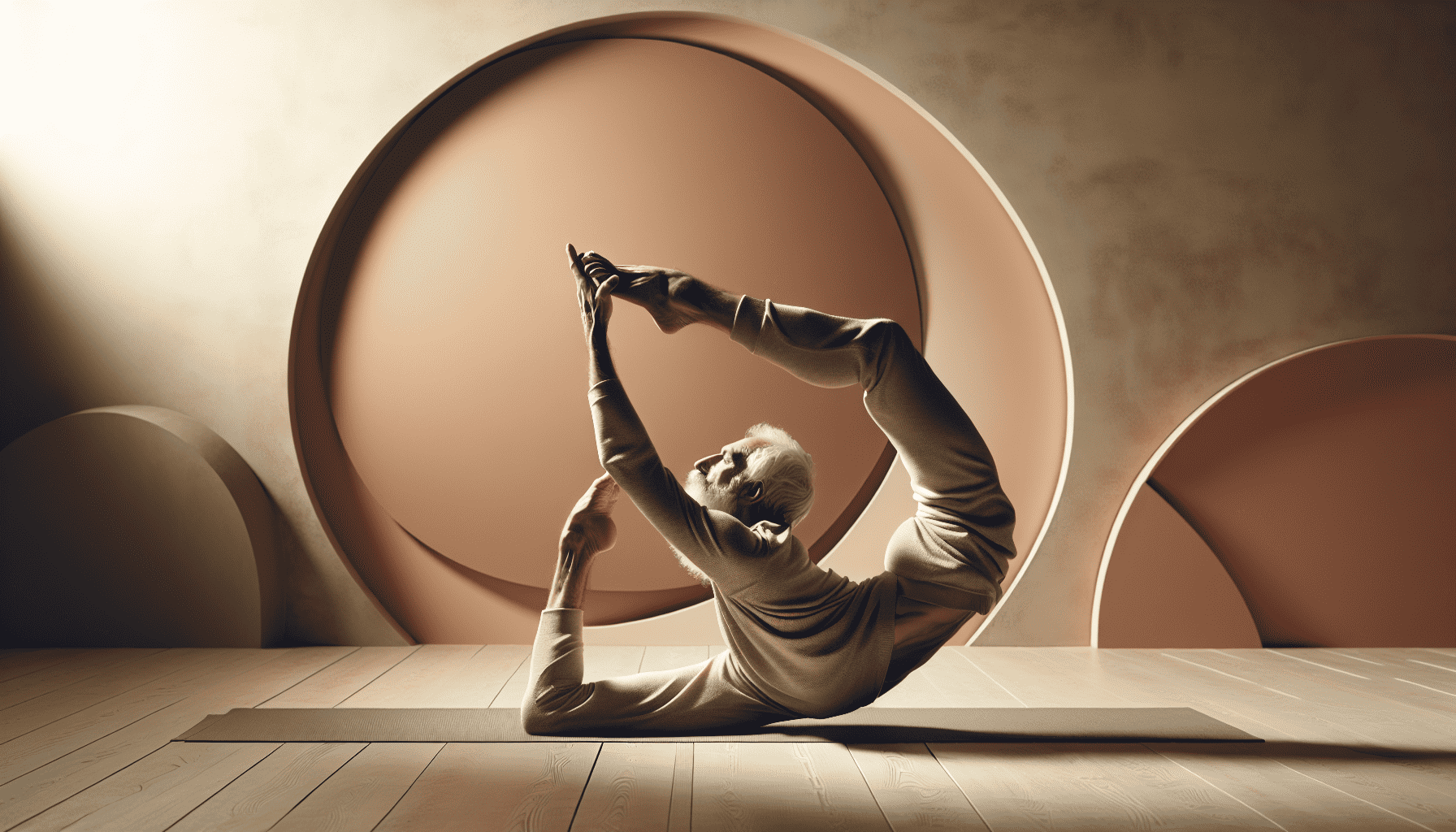Delving deeper into the practice of yoga, seasoned practitioners often seek ways to enhance their flexibility and promote a deeper sense of relaxation. Advanced yoga techniques offer a doorway to not only improve physical capabilities but also strengthen the mind-body connection, leading to a more profound inner peace.
One essential aspect of advancing in yoga is mastering the art of breath control, or pranayama. This practice involves various breathing techniques that help regulate energy flow throughout the body. By focusing on slow, controlled breaths, practitioners can calm the mind, reduce stress, and increase lung capacity. Techniques such as Nadi Shodhana (Alternate Nostril Breathing) or Kapalabhati (Skull Shining Breath) invigorate the nervous system and promote a sense of tranquility.
Another effective advanced technique is the incorporation of deeper, more challenging poses, or asanas. Poses like Hanumanasana (Monkey Pose) or Kapotasana (Pigeon Pose) are not only physically demanding but also require a heightened level of concentration and mindfulness. These poses stretch and open up the body's major muscle groups, increasing flexibility over time. Consistent practice helps dissolve physical tension and emotional blockages, allowing practitioners to achieve a more harmonious state of being.
In addition, incorporating longer holds in poses can significantly enhance flexibility. Holding an asana for an extended period encourages the muscles and connective tissues to relax and lengthen gradually. This, combined with mindful breathing, allows practitioners to explore their limits safely and effectively, cultivating a deeper sense of patience and acceptance.
Meditation also plays a crucial role in this advanced practice. As practitioners advance, incorporating meditation can heighten awareness and deepen relaxation. Mindfulness meditation, where the focus is placed on the present moment, helps clear mental clutter and enhances emotional resilience. Visualization exercises, like imagining each breath dissolving tension from the body, further promote relaxation and mental clarity.
Moreover, exploring the philosophical teachings of yoga can provide valuable insights and foster a more holistic practice. Studying ancient texts such as Patanjali's Yoga Sutras or exploring the concept of mindfulness can offer a broader perspective, linking physical practice to spiritual growth. These teachings emphasize the importance of letting go of ego and cultivating a spirit of gratitude and compassion, both toward oneself and others.
Engaging with a community of like-minded practitioners can also enhance one's journey in advanced yoga techniques. Workshops, advanced classes, or retreats provide opportunities to learn from experienced teachers, share experiences, and find inspiration from others' progress. This sense of camaraderie not only enriches the practice but also reinforces commitment and motivation.
Finally, ensuring a balanced lifestyle that includes adequate rest, nutritious food, and proper hydration will support the body and mind as they adapt to the demands of advanced practices. Listening to one's body and respecting its needs is crucial to prevent injury and burnout.
In conclusion, advancing in yoga is a beautifully intricate journey that encompasses both physical and mental growth. By integrating advanced techniques into their practice, practitioners can significantly enhance flexibility and deepen their capacity for relaxation. This journey not only enriches the practice itself but also translates into a more balanced, peaceful approach to life.
